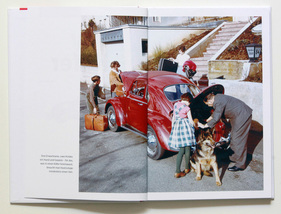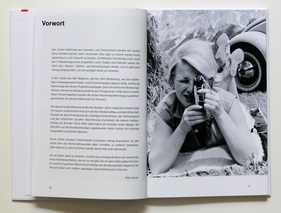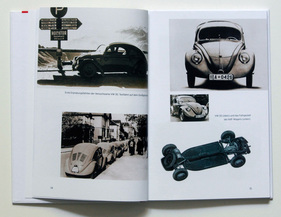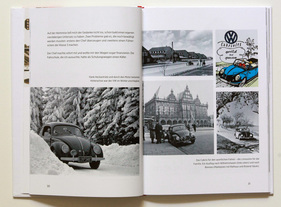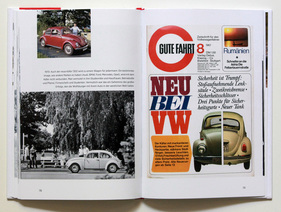It's hard to imagine today, but there was a time in German-speaking countries when one vehicle dominated the streetscape in both urban and rural areas: the VW Beetle. It was closely followed in the economic boom of the 50s and 60s by its big brother, the Bulli. It was hardly inferior to the Beetle in terms of market share and was as popular as it was used.
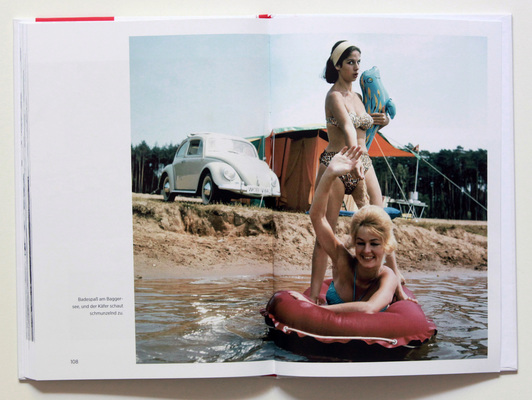
What were those times like, how did it feel? A book on the VW Beetle from the "Bewegte Zeiten" series published by Delius Klasing Verlag, in which other books on various car models have already been published, explores this question.
The Beetle conquers the roads of the world
In contrast to the grandiloquent propaganda of the 1930s, the Beetle did not hit the road to success until after the end of the Second World War. The start of production in the newly built Volkswagen plant next to the city later to be called Wolfsburg, which was abruptly interrupted by the outbreak of war, was replaced by the production of Kübelwagen for the front. Here, Ferdinand Porsche's car quickly earned merits in terms of reliability and suitability for everyday use in all weathers.

With the VW design, Germany, which had previously had below-average motorization, suddenly entered the world and returned even faster. Psychologically, this was the foundation stone for the Beetle's reliability myth, which would later help it to achieve world renown.
A pictorial journey back
Author Peter Kurze takes 110 pages to cover the formative decades of the economic miracle and the Beetle in his book. The world was changing and the Beetle was always a central mobility service provider in business and private life. Anyone who could afford it bought a car. And because of the price and the much-vaunted reliability, it was usually a VW Beetle. What were those years like?
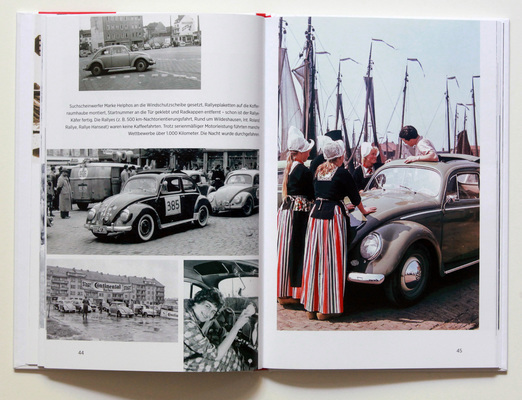
In Germany, the rubble of the war was cleared away and the economy flourished, from the corner store to the VW plant in Wolfsburg. In the middle of it all, on the streets, in the landscape, the VW Beetle as a means of transportation. Kurze takes the viewer on a journey through time. Take a seat behind the steering wheel and off you go. The air-cooled engine roars in the rear, its rugged charm carries you along.
With a twist
Kurze uses a trick to speed up the journey through the work of art. He creates the fictitious character of a sales representative in post-war Germany, who talks about his life in the first person. In addition to new beginnings, careers and the economic miracle, his life also revolves around cars. And as a sales representative, there is really only one vehicle that comes into question for him. You guessed it: a Beetle. And as the book follows the sales representative's career over decades, it doesn't stop there. Rust, accidents, mechanical end.
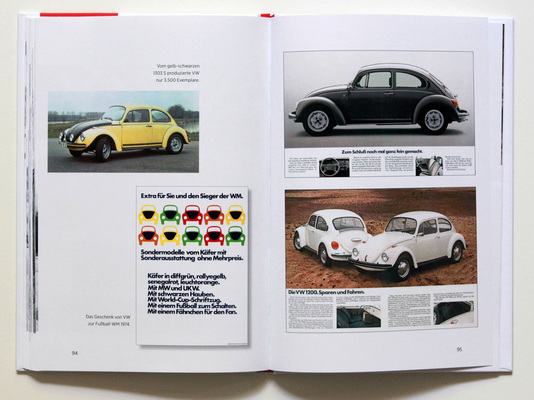
The Beetles come and go, the feeling remains. The history of the Beetle's development in the 1930s is followed by a loosely textualized series of pictures over many pages, accompanied by more or less consistent captions. The material does not follow any particular concept: press photos, private albums, newspaper clippings, brochures, dealer marketing. Whatever seems suitable to tell the story is used and ends up in the book.
In the end, this adds up to many pictures and a comprehensible career that the country and its people really only have one thing to thank for: the VW Beetle.
One car and many stories
Author Peter Kurze pays a loving tribute to the significance of the VW Beetle. He takes the reader on a journey through German history without diminishing the global success of the Beetle. Shipment to the USA, special offers from the supermarket: no marginal note is too good not to find its way into the book as a picture. For some, the opportunity to imagine what it was like, for others the chance to reminisce. Lots of nostalgia as a lightly annotated photo album for a car that is itself a monument.
And as with the Beetle, you shouldn't expect too much from it, but not too little either. The price is unrivaled anyway: for € 16.90 the journey begins.

Bibliographical details
- Title: VW Beetle - Moving times
- Author: Peter Kurze
- Language: German
- Publisher: Delius Klasing
- Edition: 1st edition 2020
- Format: Hardcover, 170 x 246 mm
- Scope: 112 pages, 186 photos and illustrations
- ISBN: 978-3-667-11836-3
- Price: EUR 16,90
- Buy/order: Online at amazon.de, online at Delius-Klasing-Verlag or in a well-assorted bookstore














